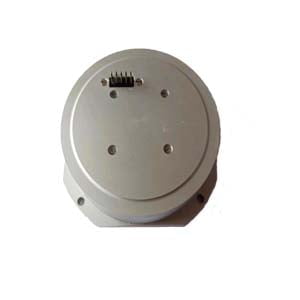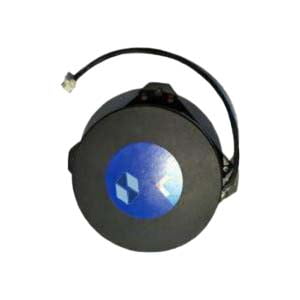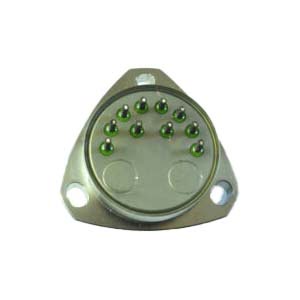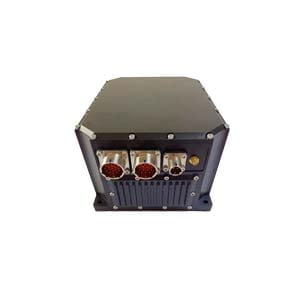Inertial Navigation System (INS), also known as inertial reference system, is an autonomous navigation system that does not rely on external information and does not radiate energy to the outside (such as radio navigation). Its working environment includes not only the air, the ground, but also underwater. The basic working principle of inertial navigation is based on Newton's laws of mechanics. By measuring the acceleration of the carrier in the inertial reference system, integrating it with time, and transforming it into the navigation coordinate system, the value in the navigation coordinate system can be obtained. Information such as speed, yaw angle and position.
The inertial navigation system belongs to the reckoning navigation method, that is, the position of the next point is calculated from the position of a known point according to the continuously measured heading angle and speed of the moving body, so the current position of the moving body can be continuously measured. The gyroscope in the inertial navigation system is used to form a navigation coordinate system, so that the measurement axis of the accelerometer is stabilized in the coordinate system, and the heading and attitude angle are given; The speed is obtained by one integration, and the distance is obtained by integrating the speed once over time.
The inertial navigation system has the following advantages: 1. Because it is an autonomous system that does not depend on any external information and does not radiate energy to the outside, it has good concealment and is not affected by external electromagnetic interference; Timely work in the air, on the surface of the earth and even underwater; 3. It can provide position, speed, heading and attitude angle data, and the generated navigation information has good continuity and low noise; 4. High data update rate, short-term accuracy and stability Okay.
The disadvantages are: 1. Due to the integration of navigation information, the positioning error increases with time, and the long-term accuracy is poor; 2. It requires a long initial alignment time before each use; 3. The price of the equipment is relatively expensive; 4. , can not give time information.
However, inertial navigation has a fixed drift rate, which will cause errors in the movement of objects. Therefore, weapons with long ranges usually use commands, GPS, etc. to perform timing corrections on inertial navigation to obtain continuous and accurate position parameters. At present, the inertial navigation system has developed a variety of methods such as flexible inertial navigation, fiber-optic inertial navigation, laser inertial navigation, and micro-solid-state inertial instruments. Gyroscopes have been developed from traditional wound gyroscopes to electrostatic gyroscopes, laser gyroscopes, fiber optic gyroscopes, and micromechanical gyroscopes. Laser gyro measurement has a wide dynamic range, good linearity, stable performance, good temperature stability and repeatability, and has always occupied a dominant position in high-precision applications. Due to the advancement of science and technology, fiber optic gyroscopes (FOGs) and micromachined gyroscopes (MEMS) with lower cost are becoming more and more precise, which is the direction of future development of gyroscopic technology.
More Technical Questions
1.What is INS and How does it Work?
2.What is Inertial Navigation System?
3.In Autonomous Flight: How Inertial Navigation Systems Work
4.MEMS and FOG: How Should you Choose Inertial Navigation System?
5.Introduction to Inertial Navigation Systems
6.Development and Application of Inertial Navigation System
Products in Article







